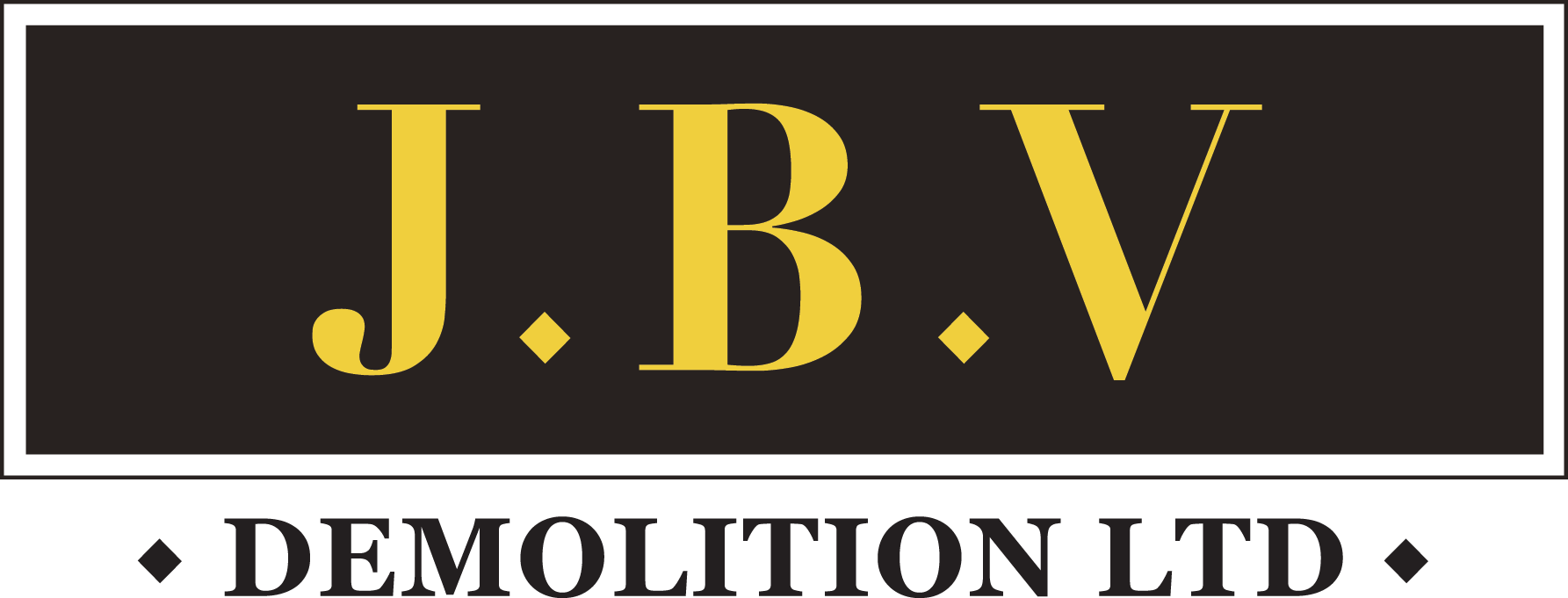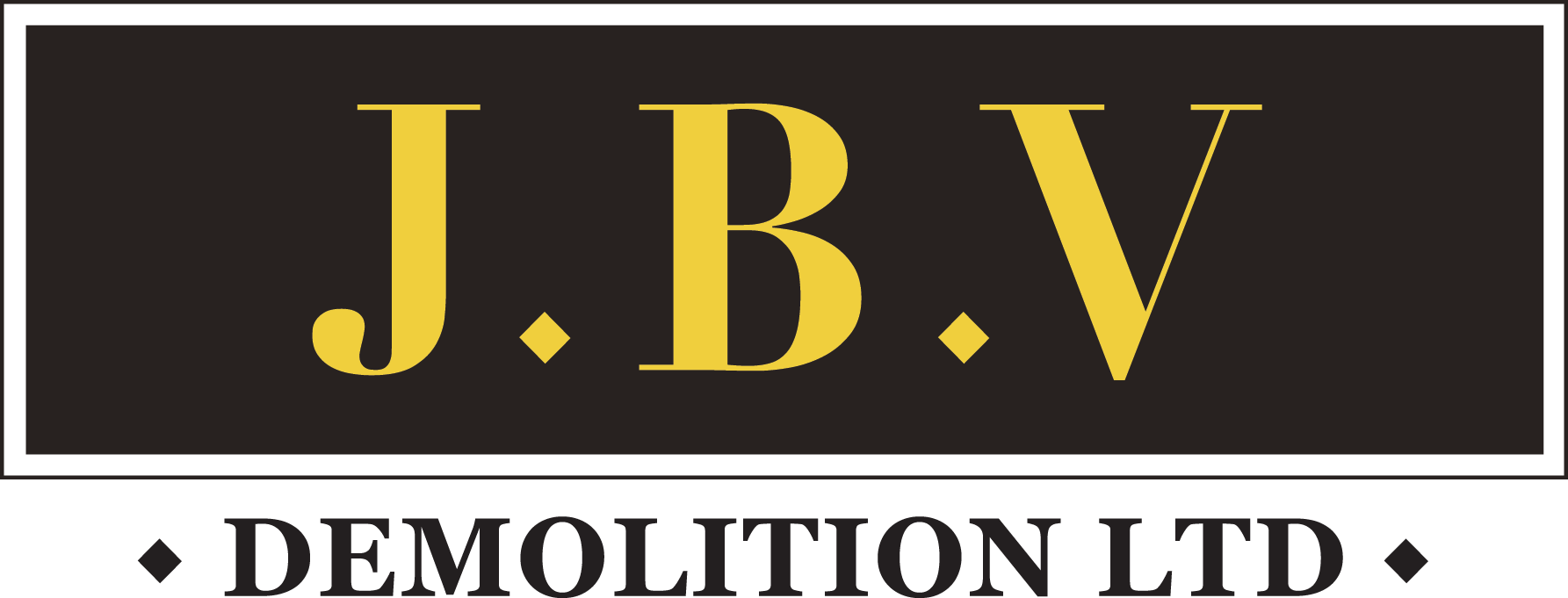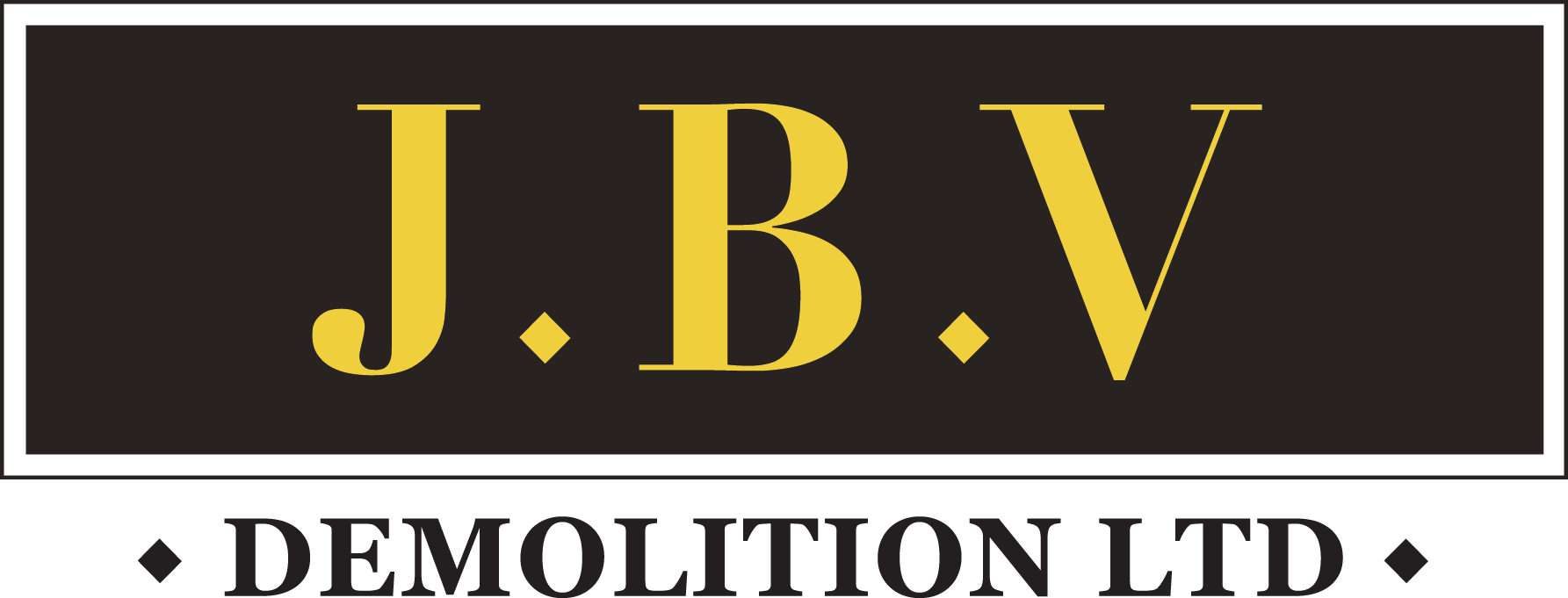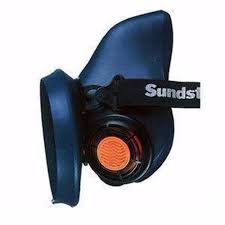Title Page
-
Site conducted
-
Conducted on
-
Prepared by
-
INSTRUCTIONS:
-------------------------------------
1. Answer "Yes", "No", "N/A" for the questions below.
2. Add photos and notes by clicking on the paperclip icon.
3. To add a Corrective Measure click on the paperclip icon then "Add Action", provide a description, assign to a member, set priority and due date.
4. Complete audit by providing digital signature.
5. Share your report by exporting as PDF, Word, Excel or Web Link. -
WHAT DO YOU NEED TO KNOW
-------------------------------------
In order that a construction site can be set up correctly to meet the requirements of the size and complexity of the project, there are many factors to be taken into consideration. The checklists below identify some of the significant hazards and risks to be considered.
WHAT YOU NEED TO DO
-------------------------------------
Use the information detailed in the construction phase plan to tailor the site set up to meet the needs of the construction project (for example, existing building(s), contamination and demolition).
Significant hazards and risks
Safety
-
Can a safe working area be provided, with pedestrians and vehicles segregated?
-
how has traffic managment been assessed and controlled
-
Is there a secure working area, areas for storage of materials and for waste skips with suitable access for deliveries and removals?
-
Are there adequate emergency escape routes from all areas of the site?
-
Is there a suitable fire plan, sounder, fire extinguishers and communication?
-
Are there rescue plans for high risk activities (such as excavations and work at height)?
-
Is a demolition exclusion zone assessment required ( is remote demolition taking place)
-
Has a demolition exclusion zone assessment been carried out.
-
Is there or will there be People plant interfaces.
-
Has a PPI assessment been carried out
Health
-
Have welfare facilities been arranged for the site – suitable for tasks/number of workers anticipated and available from day one?
-
Are there any hazardous substances being used – COSHH?
-
What measures will be put in place to prevent or minimise all work activities which create dust? ( please detail in the comments section )
Environment
-
Are there any watercourses or other potential pollution receptors nearby?
-
Does any wildlife need to be considered?
-
Is there potential for contaminated land?
-
Is there potential for pollution by the work activity (such as spills, noise, dust and light, provision of spill kits)?
Managerial/supervisory tasks (including pre-planning)
-
Service drawings – do you have drawings for Gas, water, electric with the site boundary?
-
Isolation certification do they show all services in the service drawings as isolated if not has this been identified on the RAMS?
-
Is there an R N D asbestos survey for the project , have you carried out a recorded briefing with the site team
-
Has the construction phase plan been prepared and approved for work to begin?
-
Have the risk assessments and been reviewed and found to be task/site specific?
-
Have the method statements been reviewed and found to be task/site specific?
-
Has a traffic management plan been prepared, with pedestrian segregation?
-
Is the level of supervision and monitoring of work sufficient?
statutory notifications
-
last longer than 30 working days and have more than 20 workers working at the same time at any point on the project or
exceed 500 person days -
F10 in place
-
A Section 80 Demolition Notice is also known as the notice of intended demolition. In short, this means that when there is the intention to demolish a building or indeed part of a building, the owner will need to let the Local Authority that they intend to do so before the demolition is carried out
-
section 80-81 in place
-
ASB5 -Regulation 9 of The Control of Asbestos Regulations 2012 requires licence
holders to notify in writing the appropriate Enforcing Authority (EA) before
undertaking licensable work with asbestos. This notification must be made at least
14 days before licensable work commences. -
Is an ASB5 required
Training/competency requirements
-
Have competency assessments been undertaken for contractors being used?
-
Do the supervisors and workers have the requisite skills and training records for the tasks to be undertaken?
-
Do supervisors and workers hold any required competency card (such as CPCS, CSCS and/or alternative schemes)?
Safe systems of work/basic control measures
-
Have high risk activities been identified, and risk controls minimised to an acceptable level? Do they include risks to those putting in control measures (such as those erecting edge protection)?
-
Have the method statements and risk assessments been approved prior to contractors commencing on site?
-
Is there a procedure to update documentation during the works, which should be detailed as part of a competency check?
-
Are employees empowered to take action if they feel additional control measures are needed and are there measures in place for effective worker engagement?
Specific regulatory or special requirements
-
Are there registers on site for statutory inspections (such as scaffolding or excavations)?
-
Are there any high risk activities that may require rescue plans (such as work at height)?
-
Have electrical installations been completed by competent contractors and tested?
Structural assessment and Temporary works
-
Has a structural assessment been carried out
-
Details of the assessment reference and where it can be located
-
Please detail why not or why the assessment is not required
-
Is Temporary work required
-
Overview of temporary works required
-
Name of temporary work team
-
Temporary work coordinator
-
Temporary work Supervisor
-
Temporary work dinger(s)
Form sign off
-
This form has been completed to the best of my knowledge










